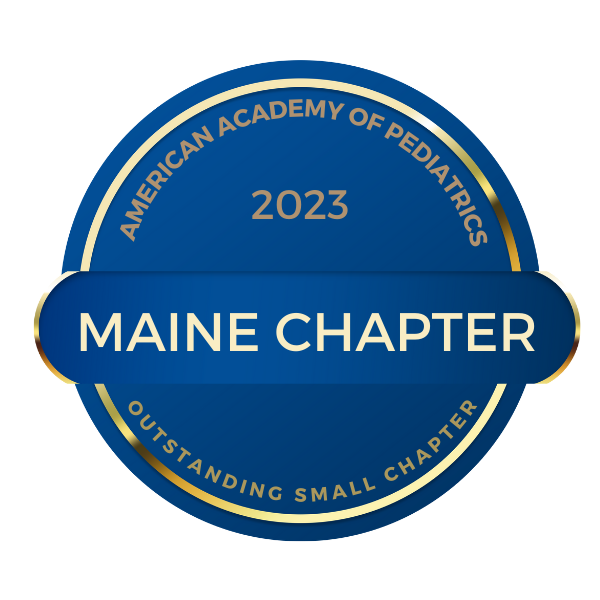Breastfeeding
Breastfeeding Recommendations
- An Overview of the Benefits to Breastfeeding
- Breastfeeding and the Use of Human Milk
Policy Statement from the AAP
- Updated AAP guidance recommends longer breastfeeding due to benefits
Updated AAP guidance continues to recommend exclusive breastfeeding for six months, with complementary foods introduced around six months. Under the new policy, the AAP now supports continued breastfeeding until two years or beyond, as mutually desired by mother and child.
- The Surgeon General’s Call to Action to Support Breastfeeding
This Call to Action describes specific steps people can take to participate in a society-wide approach to support mothers and babies who are breastfeeding.
- ACOG Clinical Guidelines on Breastfeeding
Recommendations from the American College of Obstetricians and Gynecologists (ACOG) regarding breastfeeding challenges
- AAFP: Breastfeeding (Policy Statement)
A short statement identifying the American Academy of Family Physicians' stance on breastfeeding.
- The First Feeding
- Should I Breastfeed or Bottlefeed?
- How Often To Breastfeed
- Breastfeeding Benefits Your Baby’s Immune System
- Alcohol & Breast Milk
- Maine State Breastfeeding Coalition - Provider Resources
- The Ten Steps to Successful Breastfeeding
Recommended clinical practices to support breastfeeding in hospitals and birthing facilities.
- Continuity of Care in Breastfeeding Support
- Supporting Infant Feeding Goals in the First 4 Weeks
A webinar recording on how pediatricians and providers can support breastfeeding goals while insuring infant weight gain. To access the recording, create a NEPH Training Center Account.
- A Toolkit for Employers
Maine State Breastfeeding Coalition resources for workplaces to support lactating employees.
- Breastfeeding and Lactation for Medical Trainees
Medical trainees face work hours and patient care demands that can make continued breastfeeding particularly challenging.
- Returning to Work: Resources for the Breastfeeding/Chestfeeding Parent
Maine State Breastfeeding Coalition & Let’s Go!, a program at MaineHealth Community Health, developed resources for workplaces to best support lactating employees.
- Why is Workplace Support for Lactating Employees Important?
- An Evidence-Based Review of Important Issues Concerning Neonatal Hyperbilirubinemia Available to Purchase
A technical report about the evidence related to the management of hyperbilirubinemia.
- The Transfer of Drugs and Therapeutics Into Human Breast Milk: An Update on Selected Topics
This clinical report discusses several topics of interest surrounding lactation, such as the use of psychotropic therapies, drugs to treat substance abuse, narcotics, galactagogues, and herbal products.
- Management of Hyperbilirubinemia in the Newborn Infant 35 or More Weeks of Gestation
A clinical guideline on the management of hyperbilirubinemia in the term infant.
- Prevention of Rickets and Vitamin D Deficiency in Infants, Children, and Adolescents, 2008
A clinical report regarding the need for vitamin D supplementation for infants and children.

